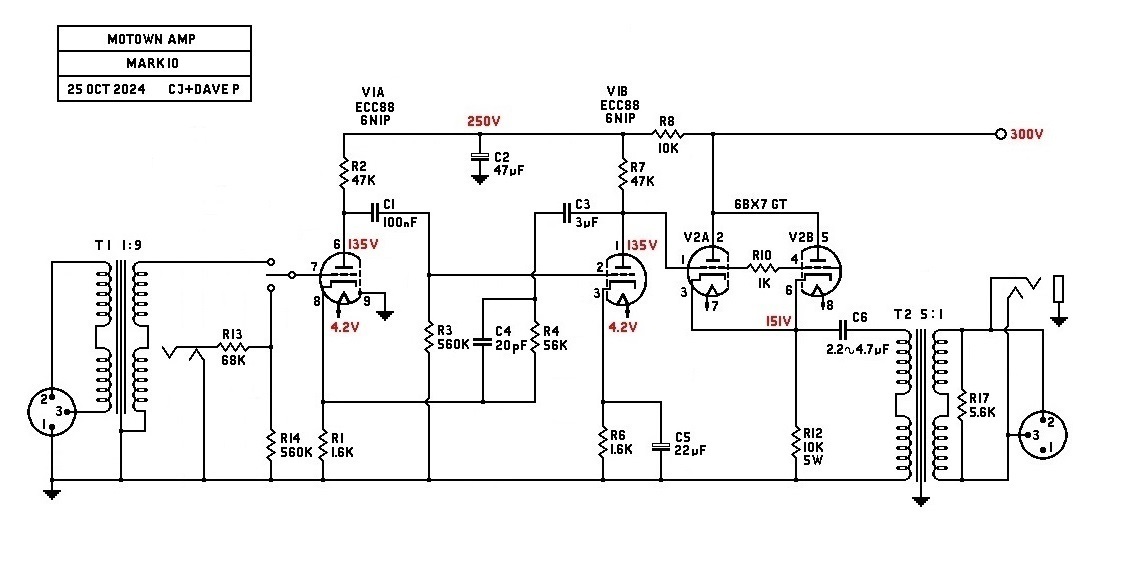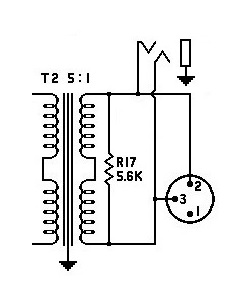MidnightArrakis
Well-known member
There is nothing wrong with your computer monitor.
Do not attempt to adjust the picture.
We are controlling transmission.
We will control the horizontal.
We will control the vertical.
We can roll the image; make it flutter.
We can change the focus to a soft blur or sharpen it to crystal clarity.
For the next hour, sit quietly and we will control all that you see and hear.
We repeat: there is nothing wrong with your computer monitor.
You are about to participate in a great adventure.
You are about to experience the awe and mystery
which reaches from the inner mind to "The Outer Limits".


/
Do not attempt to adjust the picture.
We are controlling transmission.
We will control the horizontal.
We will control the vertical.
We can roll the image; make it flutter.
We can change the focus to a soft blur or sharpen it to crystal clarity.
For the next hour, sit quietly and we will control all that you see and hear.
We repeat: there is nothing wrong with your computer monitor.
You are about to participate in a great adventure.
You are about to experience the awe and mystery
which reaches from the inner mind to "The Outer Limits".


/
Last edited:



















![Soldering Iron Kit, 120W LED Digital Advanced Solder Iron Soldering Gun kit, 110V Welding Tools, Smart Temperature Control [356℉-932℉], Extra 5pcs Tips, Auto Sleep, Temp Calibration, Orange](https://m.media-amazon.com/images/I/51sFKu9SdeL._SL500_.jpg)




















